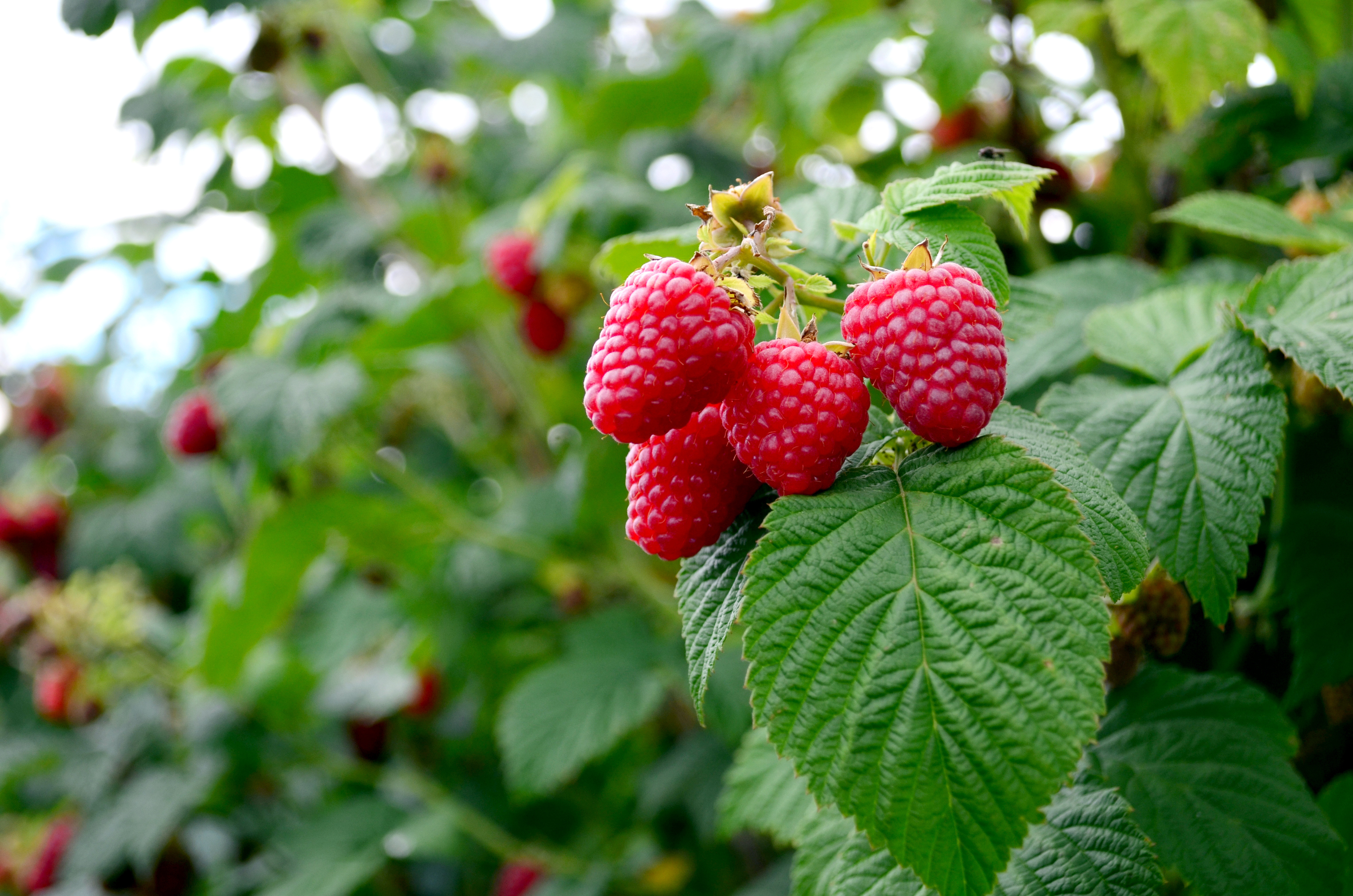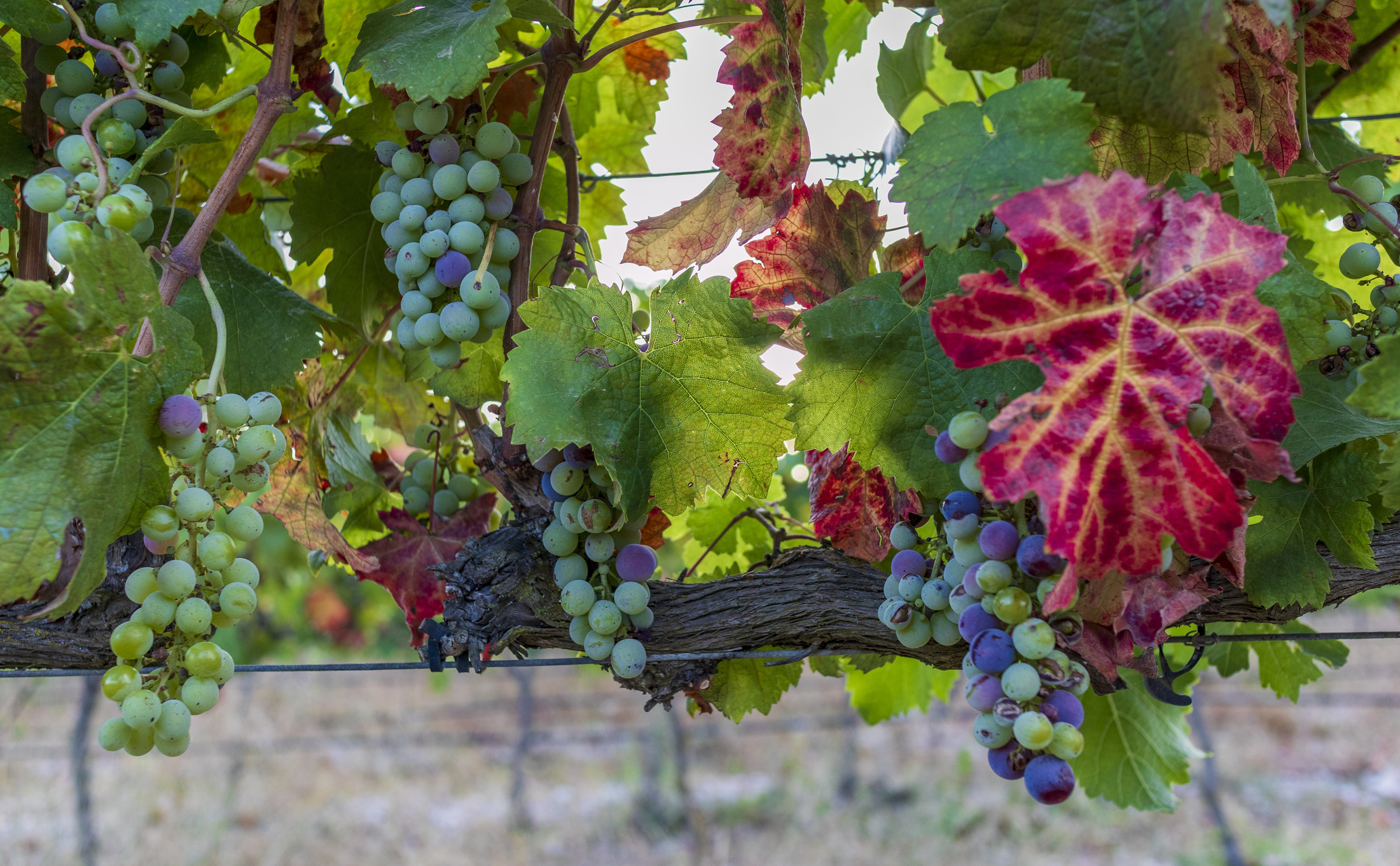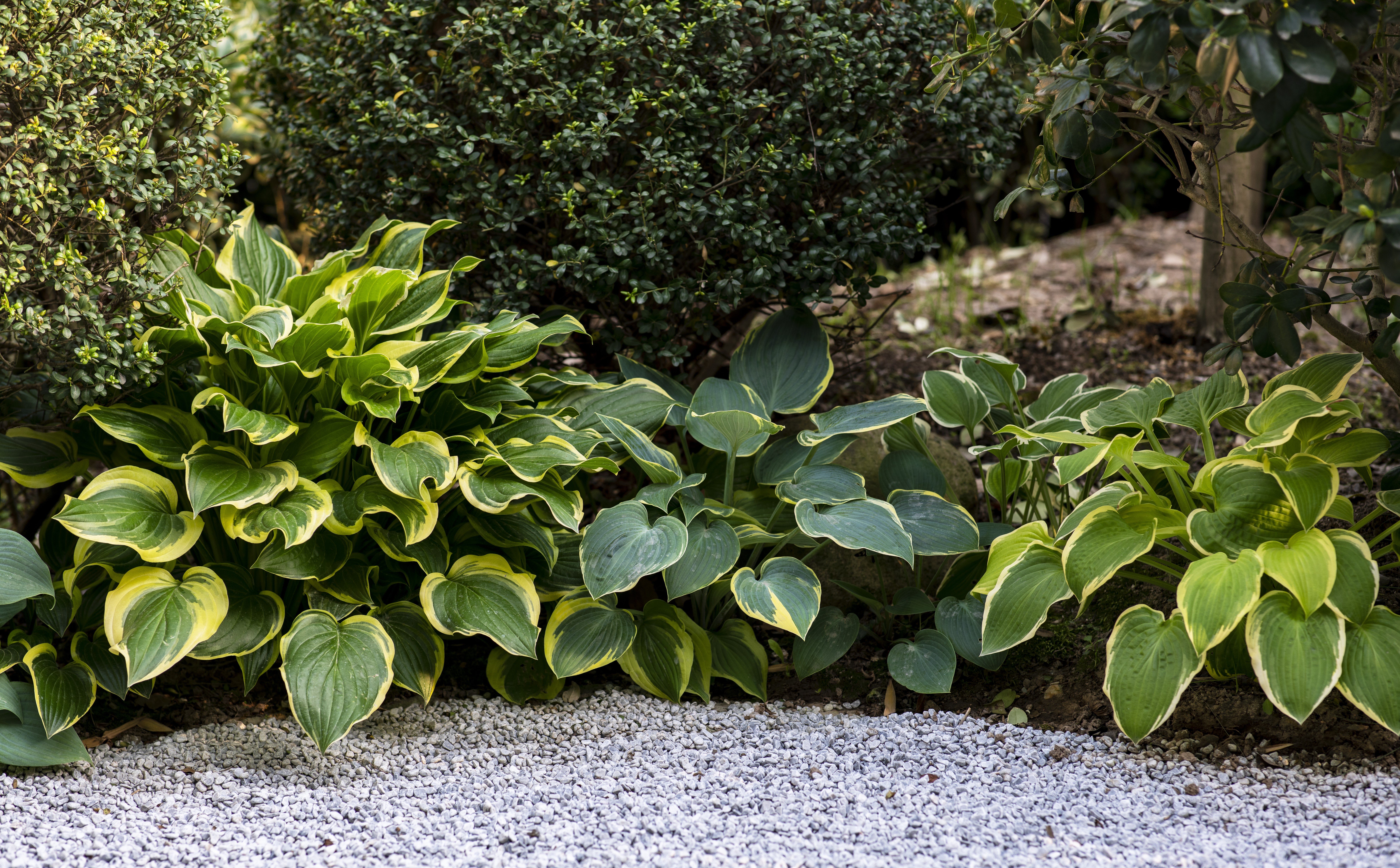7 Plants to Prune in October — Do This Now for Double the Blooms in Spring
It's time to cut back on these precious blooms (now) to see a bountiful bloom next year, according to a gardening expert

Fall can be the neat gardener’s nightmare. Leaves everywhere, plants dying back, unmanicured lawn… the season of clean blooms and fresh green foliage is truly in the past. Now we're spending more time at home as the nights draw in, it can be tempting to give your yard a quick tidy-up.
However, according to gardening experts, overly manicuring your yard at this time of year isn’t always optimal for your plants or the local wildlife. This is why it's also important to know how to prune plants (correctly) and the type of plants to cut back. It's time to pick up your secateurs as there are a select few plants that will both satisfy your urge to tidy up and really benefit from it this month.
If your yard or balcony is located in an area that is relatively mild, then pruning at this time of year isn’t such a big sin. But for other areas that experience harsher frosts, it’s best to stick to the expert’s advice on this one. Here are 7 plants to prune in October.
1. Roses

Wondering when to deadhead roses? Well, now would be the time. Roses benefit from a good cutback in October. As the saying goes, the harder you cut down a rose, the louder it will shout back. So don’t be afraid to take your rose — especially a climber — back to a good framework this time of year.
According to Master Gardener Mary Jane Duford at Home for the Harvest, "Roses are most commonly pruned in October to remove unwanted stems and shape the plant, as part of protecting it during the cold winter months. Start by removing dead stems, weak stems, and damaged stems. You can also remove stems that are overcrowded, rubbing together, or flopping over. Simply cut them right down to ground level."
Though pruning is mainly done to encourage growth and limit disease, as Mary Jane highlights, it’s also an essential maintenance step to protect your plants from winter weather damage. "In cold climates, wintertime storms can create strong winds that pull against plants with long stems, sometimes rocking the plant around in the soil. To minimize this, rose growers typically shorten all of the stems to create a compact plant that is less vulnerable in stormy weather."
But how should you approach pruning a rose shrub? "I live in a Zone 5 climate," says Mary Jane. "I typically prune my roses in October by first removing any dead, damaged, or diseased stems. You’ll need long, tough rose gloves (like these Rose Pruning Gloves Thorn Proof Gloves from Amazon) and sharp, clean pruning shears for this job." We love this FELCO F-2 068780 Classic Manual Hand Pruner, priced at $62.46.
The Livingetc newsletters are your inside source for what’s shaping interiors now - and what’s next. Discover trend forecasts, smart style ideas, and curated shopping inspiration that brings design to life. Subscribe today and stay ahead of the curve.
The expert continues: "I thin out any twiggy weak growth. Then once most of the trees in my yard have lost their leaves and the soil is starting to freeze, I shorten up the remaining canes to about 12 inches and bury the base of the plant in a mound of mulch that’s about 8 inches tall above the surrounding soil level. This provides insulation for the rose during the wintertime when the ground will inevitably freeze."
2. Hardy hydrangeas

Cutting back hydrangeas in the fall has many benefits. But remember, not all types of hydrangeas need to be pruned; some will love it, and some definitely will not. Knowing which species your hydrangea falls into is essential before you start pruning this October.
According to Mary Jane, panicle, like this Quick Fire Fab Panicle Hydrangea from Walmart and Annabelle Smooth Hydrangea, are firmly on the green-light list for fall pruning. "Cold-hardy hydrangea species like panicle and smooth hydrangeas do well with a mid-fall pruning to shape them after they finish blooming," says Mary Jane. "I give my individual plants a rounded shape and give the hedge-planted ones more of a linear trim. Handheld pruning shears typically make much nicer clean cuts than electric or gas-powered trimmers."
But before you grab those pruning shears, pay attention to how much pruning your hydrangea variety will take at this time of year. "Smooth hydrangeas can be pruned back hard in the fall if the plant is overgrown," says Mary Jane. "Panicle hydrangeas, however, can develop an arching habit with too much hard pruning, so limit your fall pruning work to removing the spent flower clusters and lightly shaping the plant."

Mary Jane Duford is a gardening expert, certified Master Gardener, and the founder of Home for the Harvest, a popular gardening blog that attracts millions of visitors each year. In addition to her expertise in gardening, she is a professional engineer and a certified permaculture designer.
3. Lavender

If you're curious about when you should prune lavender, October is the perfect time to tend to your ultra-fragrant plant. Left to its own devices, you’ll have a tangle of woody stems and limited flowers in the summer. But if you want to give it a tidy-up this side of winter, you’ll have to be quick, as this is essential for lavender plant care.
"If you haven’t deadheaded your lavender plants yet, early October is the time to do it," says Mary Jane. "Cutting back lavender helps keep the plant neat while encouraging fresh growth next season. Start by deadheading the spent flowers, snipping them off along with their stems down to the leaves."
The expert continues: "Next, give the plant a light overall trim, shaping it into a rounded mound and removing about one-third of each stem’s length, without cutting back into the woody portion if you can help it. Use handheld pruning shears for precise cuts, leaving two-thirds of each healthy branch to support new growth in spring."
Though lavender plants are hardy, they still benefit from a good mulch to insulate the roots, especially for container-grown plants. Lavender is a plant that grows in poor soil, so don’t worry about wasting your good homemade compost on them. We’d recommend scattering this Hardwood Bark Mulch from Walmart at the base of your lavenders — a good 1-2 inches should do. Just be sure the mulch isn’t covering any branches as this will cause them to rot in wet weather.
4. Raspberries

Of course, pruning isn’t limited to ornamental perennials, this maintenance technique is also a must for some of your fruit and veg crops. One fruit plant that tops Mary Jane’s fall pruning list is raspberries. They're also the best winter berries. So tend to them now to get a fruitful winter bloom.
"Raspberry canes are pruned in the fall by cutting down old canes that have finished fruiting. There are two categories of raspberries: summer-bearing varieties and ever-bearing varieties, and both can be pruned in autumn," says master gardener Mary Jane.
Don’t worry if you don’t know where to start when it comes to pruning fruit canes; Mary Jane has a foolproof guide. "Start by looking at the bottom few feet of the canes. Look for thick brown canes that have old fruit stalks hanging off them. These are canes that grew the year before and then fruited on the bottom few feet this year. They will die back naturally this winter so you can remove any of these canes entirely, all the way back to the ground."
To finish your raspberry pruning job like a pro, Mary Jane recommends "if there are still lots of remaining canes with no remnants of berry stalks on the bottom few feet, you can go ahead and thin them out. Remove the weakest of them to leave about 6 inches between canes. Once the canes have been thinned, shorten any canes that are taller than you by either trimming them back or winding them around the top trellis wire."
5. Grapes

Another popular fruit crop and an easy fruit tree to grow is grapevines. These are next on Mary Jane’s fall pruning hit list — but with one important condition. "Grapevines can be pruned in October in cold climates as long as the plant is dormant," says Mary Jane. "Avoid pruning if the weather is still warm and the leaves are still on the vine. Grapevines are typically pruned very hard to keep these vigorous vines productive."
When it comes to grapevine pruning techniques, there are a few different schools of thought, and it’s best to do your research, as Mary Jane explains. "There are many different pruning systems for grapes, with different systems requiring different support trellises. If you have an overgrown grapevine, take the time to research some of the different methods before heading outdoors with your loppers." If you're looking for a good looper, this Tabor Tools Anvil Lopper from Amazon has been highly rated.
If you’re buying a vine that is already somewhat established, chances are your grower will have already chosen a pruning technique. It’s usually easiest to follow their technique from last season. In general, though, there tend to be two main techniques — Guyot or the cordon system. The Guyot system is often used in vineyards where the vines will be kept in rows, and the cordon system tends to be suited to vines that trail across pergolas. Either system works well, but some are more suited to smaller spaces.
6. Hardy Kiwi

Though they may seem more exotic than your average grapevine, according to Mary Jane hardy kiwi plants are an up-and-coming favorite in yards across the country as they make for a beautiful addition to modern gardens. Just like grapes, giving them a good prune in fall or winter before any of next year’s buds have had a chance to form is crucial to encouraging fruit production.
"Hardy kiwi plants are becoming much more common in North American gardens. Like grapes, these plants can be pruned in the fall once growth has slowed and the leaves have fallen," says expert Mary Jane.
She continues: "Young plants can be trained with a single shoot growing up a trellis post. Once there are horizontal cordons, your fall pruning will simply be shortening them back to 6-8 feet long, and also trim back the fruiting arms that come off it."
Just as with normal plant maintenance, you’ll need to watch out for any crossing, diseased, damaged, or dead branches with your kiwi plant as well. Plus, a good layer of mulch at the base of the plant is always a good idea, especially in cold winters – just be sure the mulch isn’t covering the trunk.
7. Hostas

Cutting back hostas in the fall is a must. Hostas are a must-have for container gardening or balcony gardens, but as we all know they can look a bit tatty after a season (especially if the slugs and snails have anything to do with it).
To keep your hostas looking fresh, Mary Jane recommends a good chop at this time of year. She explains, "I cut back my hostas each October to tidy up the plant for winter. The leaves typically start to look ragged by this time of year, and once there’s a frost in the forecast, I trim them all back to ground level with a sharp pair of pruning shears."
"I do leave many of my perennials standing for winter interest and beneficial insect habitat," says master gardener Mary Jane, "but my hostas tend to become a slimy slug habitat if I don’t cut them back."
Don’t be tempted to trim your hostas back too early though. It’s best to wait until you can see the frost forecast as Mary Jane advises. If you aren’t due a frost, then hold off for now. At the end of summer, hostas channel all the goodness held in their leaves down into the crown of the plant to help next year’s growth, and you don’t want your plant missing out on those crucial nutrients.
Matilda Bourne is a freelance homes, gardens and food writer, stylist and photographer. Known for creating and capturing content for multiple international brands, her work has been featured in The Telegraph, The Daily Mail, and Hello! magazine. When she’s not writing, you can usually find her tending to her much-loved garden and scouring thrift stores for vintage furniture.